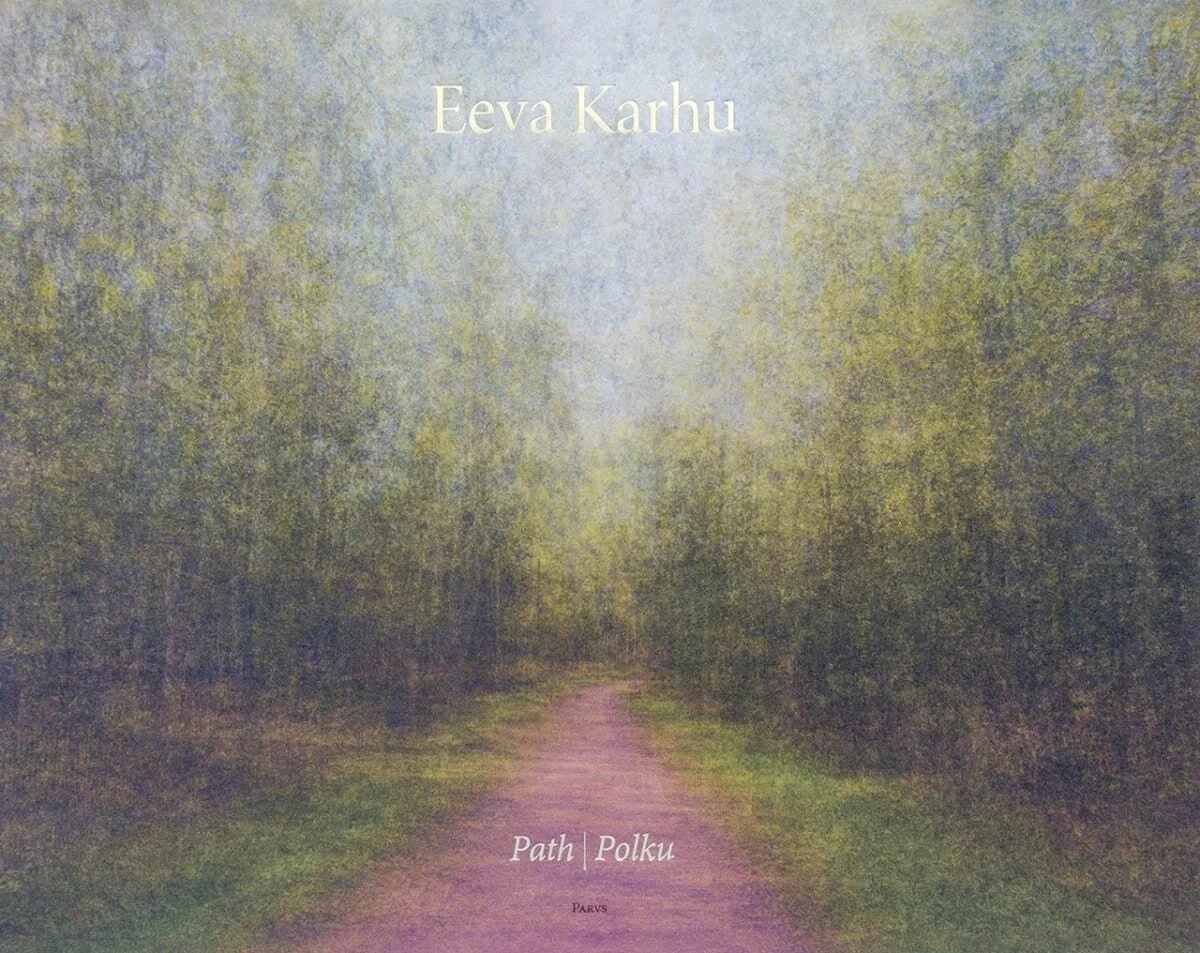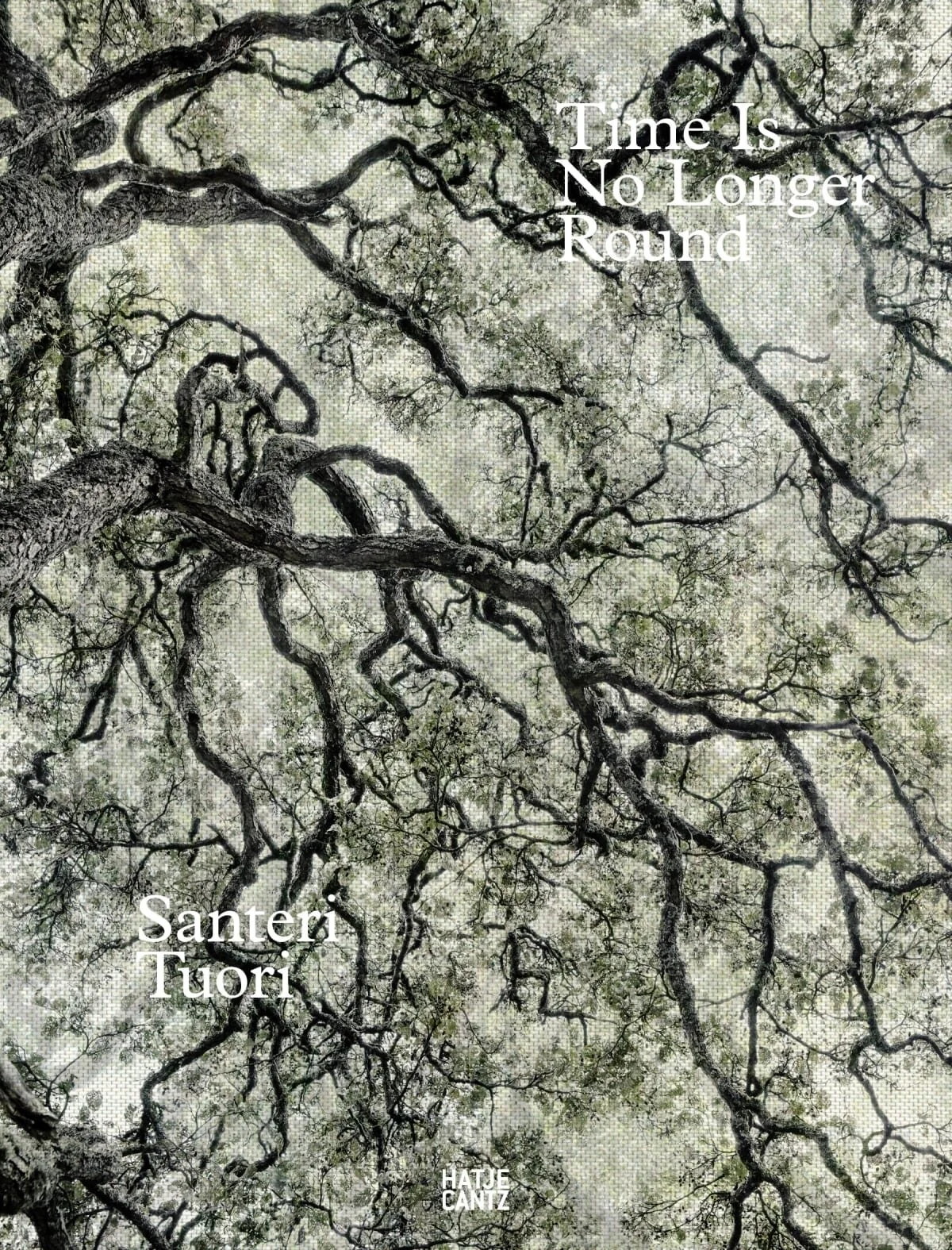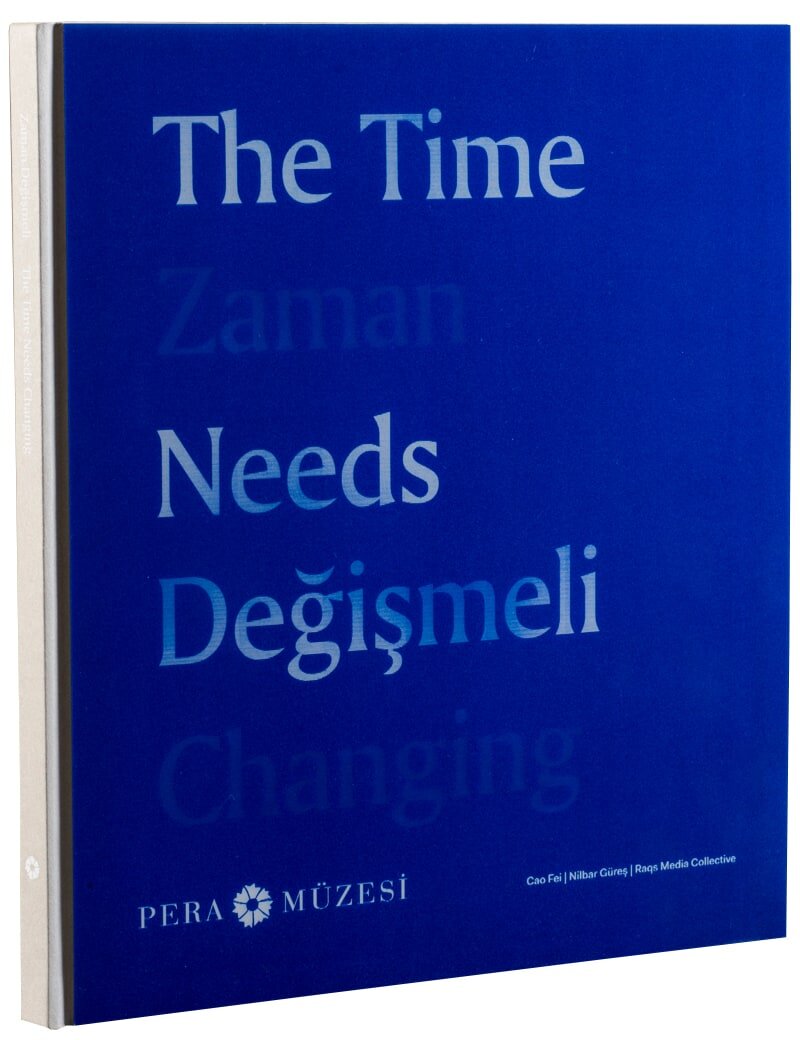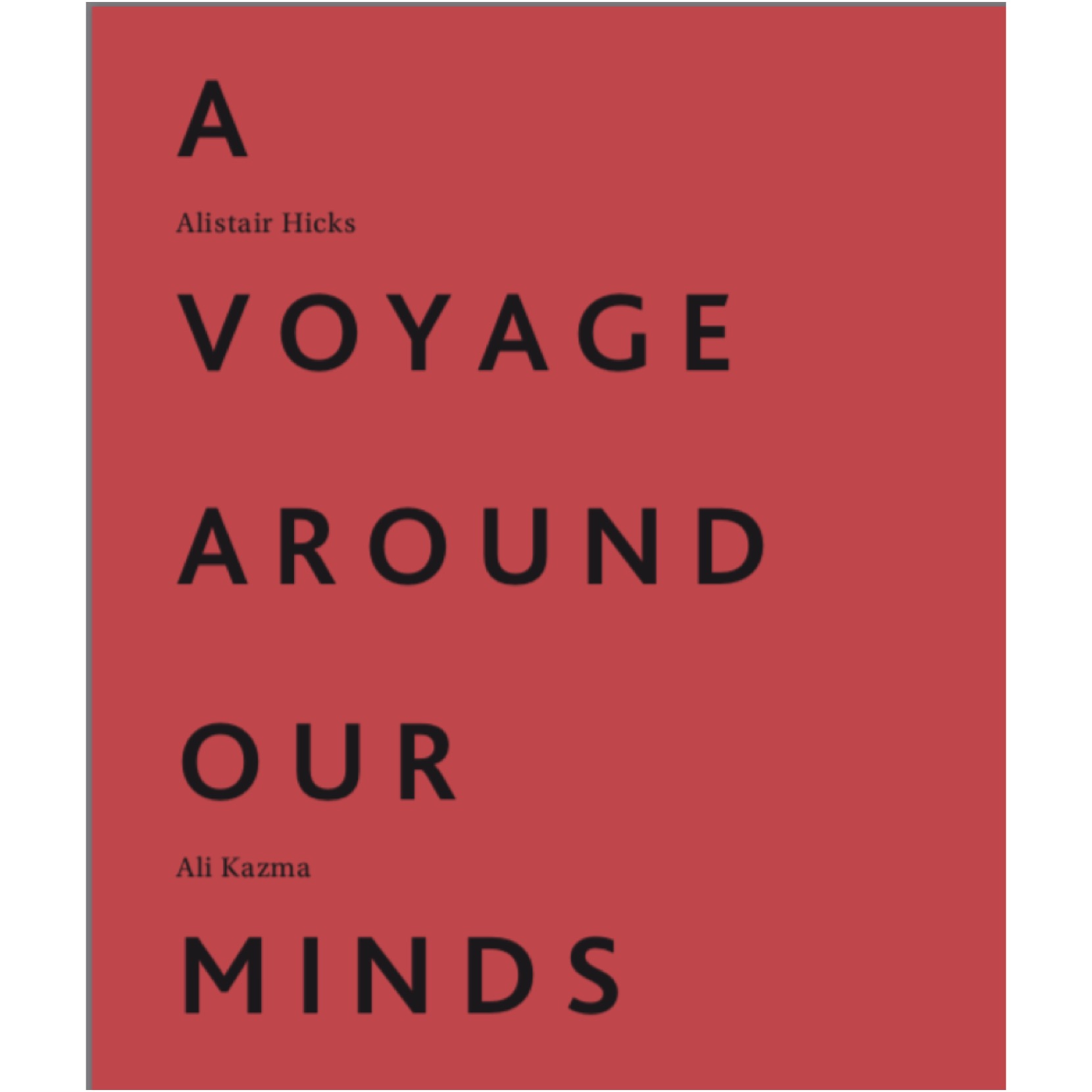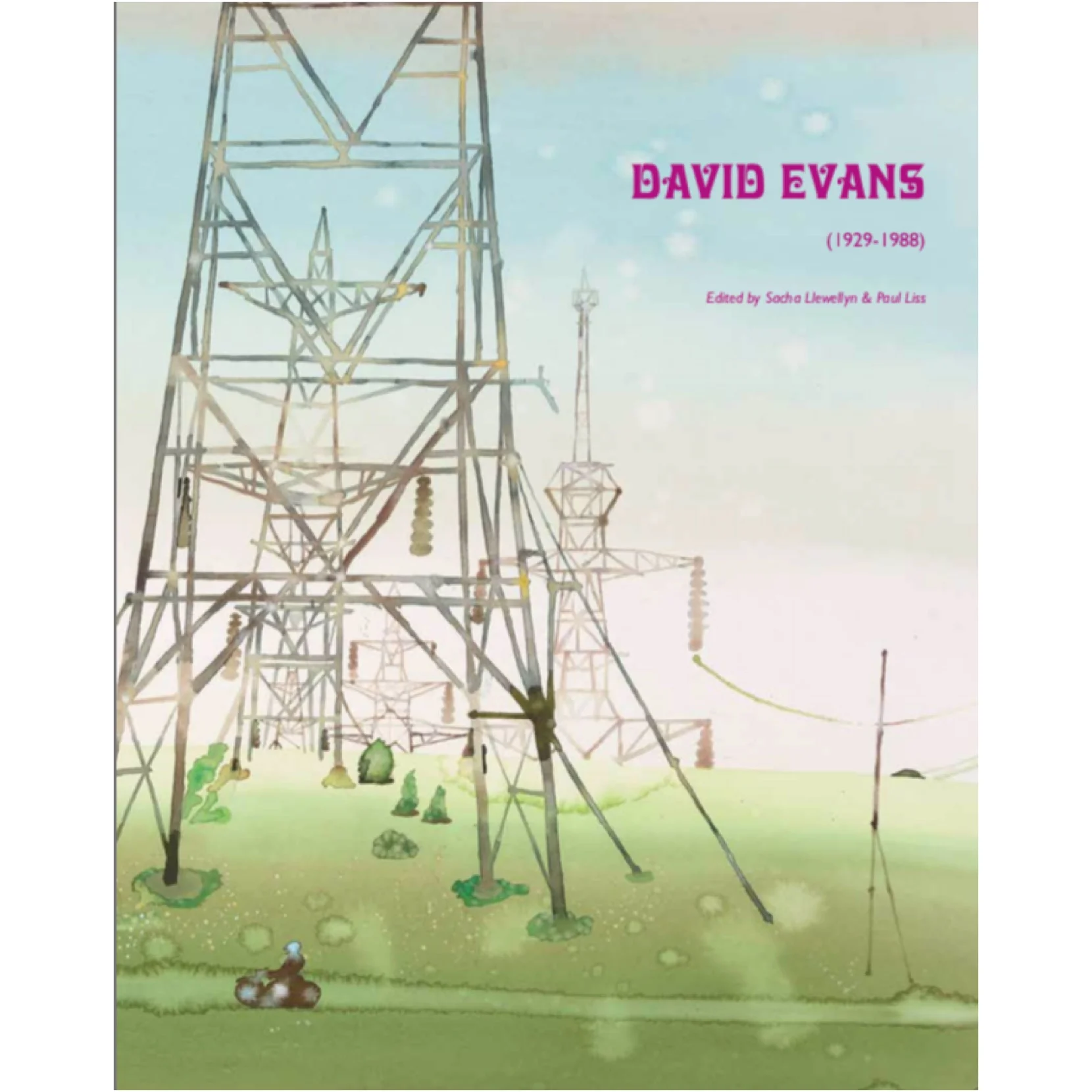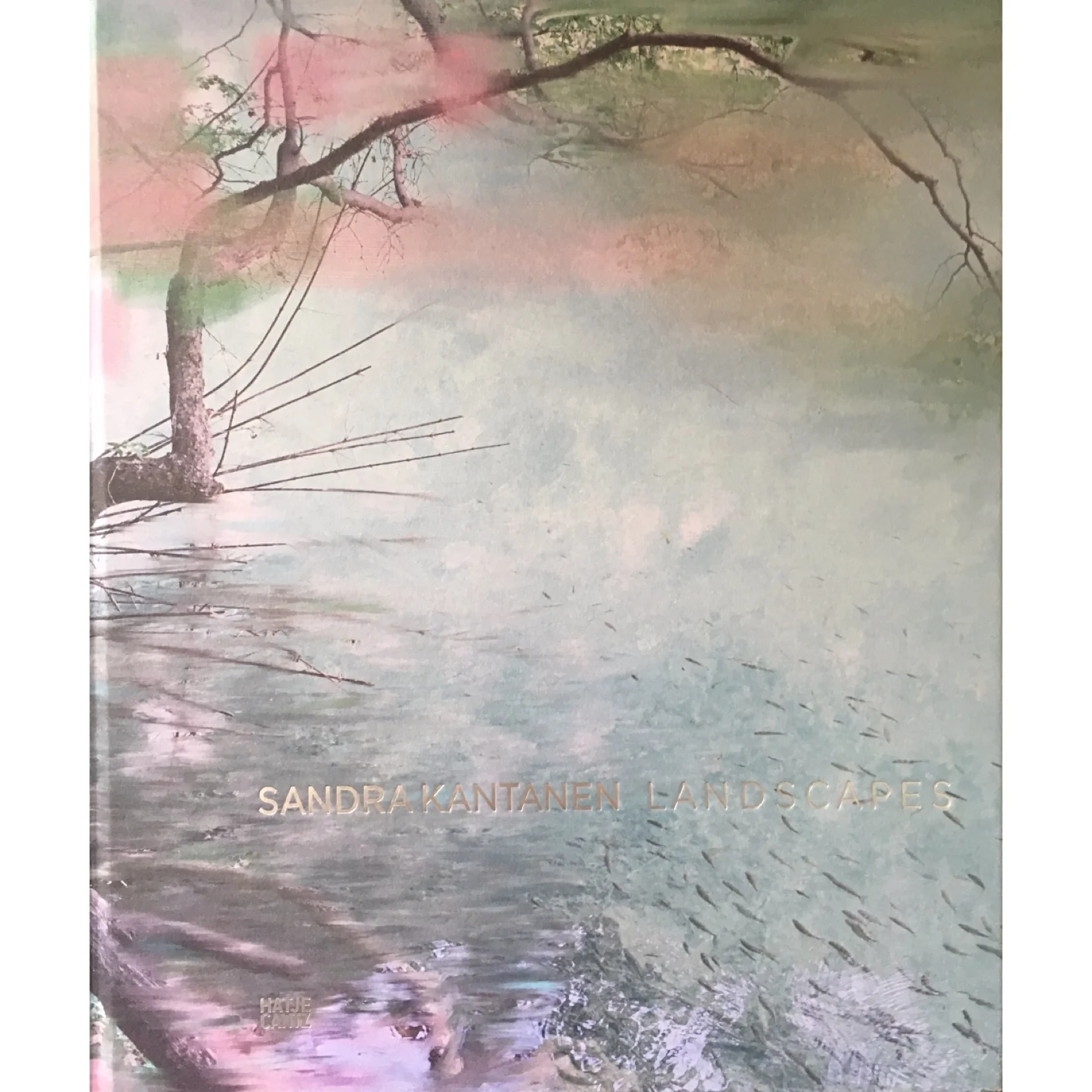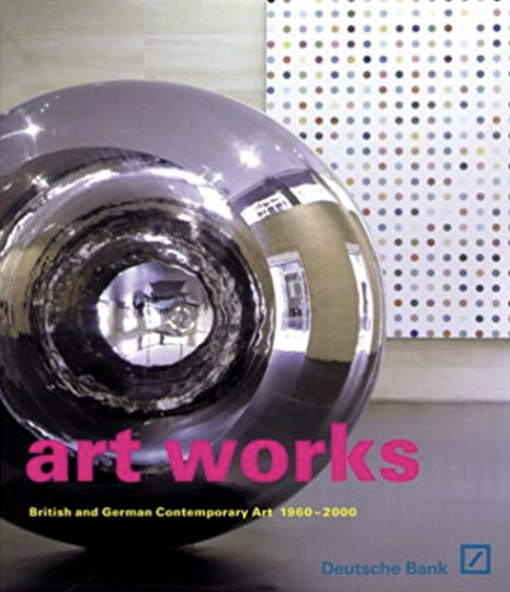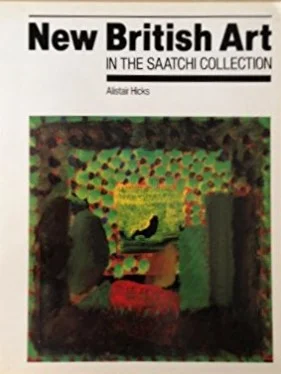PUBLICATIONS
A HUNDRED SUNS: KEN KIFF AND THE POETS MARTHA KAPOS, FRANK O’HARA AND VLADIMIR MAYAKOVSKY
‘You called on me?
then, you poet,
lay out some jam and tea.’
The Sun speaks to Mayakovsky in his poem, An Extraordinary Adventure Which Befell Vladimir Mayakovsky in a Summer Cottage.’
‘Always embrace things, people earth
Sky stars, as I do, freely and with
the appropriate sense of space. That
is your inclination, known in the heavens
and you should follow it to hell, if
necessary, which I doubt.’
Frank O’Hara takes up the story in A true Account of Talking to the Sun at Fire Island.
Martha Kapos, Kiff’s friend and fellow tutor at Chelsea, concludes this journey of three poems from different times in A True Account of Talking to the Sun in Parkholme Road (after Frank O’Hara)
‘Be patient,’
said the Sun, loud and clear
as it stepped in through the window.
‘You know what an act of faith it takes
to believe I’ll put in a reliable
appearance in the morning?
Well –
I’ll not measure out any more distress
than you will need to write your poems
‘Can I be certain of that?’ I asked.
‘Not always,’ said the Sun.
Edited by Irina Johnstone, published by Three Highgate Editions and distributed by Shearsman Books, SN3 9FN
GEORGE CLAESSEN: COLLECTED POEMS OF A PAINTER
Claessen was a leading member of the first Asian Modernist Movement, the ’43 Group, based in Sri Lanka. War and politics led him only 6 years later to Britain. As his boat from Bombay neared Britain and he saw the spires of Gravesend, he declared, ‘Home at last – it must be heaven.’ And most of his paintings and poems were made and composed in North London. His paintings are poetic and his poems painterly as witnessed by one of the shortest, Berceuse:
‘In the hollow of the indigo night,
my love, she comes to me,
and her voice is as the song-bird
in the haunted tree in the field
Edited by Irina Johnstone and published by Three Highgate Editions, 2023
PAULA REGO: THE STORY OF STORIES
The raised text on the front cover of this Pera Museum catalogue reads:
‘This figure [the bride], one of Paula Rego’s first recognisable humans that comes from life, not fiction or opera, is like the shy figure the artist sees herself in reality. She is conforming, making her embroidery but what is going on in the rest of the picture? Rampant sex! With the girls very much in control …’
Published by Pera Muzesi, December 2022
URBAN MIRRORS: REFLECTIONS FROM THE ARTISTS OF ISTANBUL
None of the twelve artists in this book are typical Istanbullers, yet all of them are guides to the changing ways of a city that is a true barometer to the health of the global art world. Though Istanbul has been the centre for several empires and coveted by the likes of Napoleon, it has invariably been able to maintain its own integrity. Napoleon famously that ‘If the earth were a single state, Constantinople would be its capital.’ As Hale Tenger’s toy globe illustrates, the world, of course is naturally a single state. But full with marvelous artists including: Halil Altindere, Osman Bozkurt, Hera Buyuktasciyan, Antonio Cosentino, Cevdet Erek, Nilbar Gures, Gozde Ilkin, Ali Kazma, Serkan Taycan &
Photographs by Reha Arcan, Published by Umer and Yapi Kredi, 2022
Eeva Karhu
‘In every picture Karhu makes there appears to be a straight path heading into the woods, but her pictures recall a circuitous route. She is as regular as a monk or nun circling a cloister. She lulls us into a contemplative thinking mode that triggers surprises. When she walks out of her front door some thirteen kilometers from the centre of Helsinki, Karhu very much looks as if she intends to walk in a straight line. She takes a photograph and heads for the horizon. Her works are full of the horizon, literally some 86 of them laid one on top of the other.’
A monograph published by Parvus, Finland, 2020
Santeri Tuori: Time is No Longer Round
‘Time Is No Longer Round’ sounds like an ancient sage’s quote. In fact, it is pure Santeri Tuori. The top Google searches come back to roost in his tall trees. He has used the phrase for exhibition titles in Helsinki and London.[i] It is a provocative statement. Time has normally been conceived as linear, though as it is impossible to have a straight line, lines do end up in circles, and certainly thoughts do.
Published by Hatje Cantz, Germany, 2020
[i] Time Is No Longer Round, Galerie Anhava, Helsinki, 4 – 28 February, 2016 and Purdy Hicks Gallery, London, 11 January – 5 February, 2018
The Time Needs Changing
Cao Fei, Nilbar Güreş, Raqs Media Collective
Presenting an alternative to conventional time, the exhibition created a thought-scape around the idea of time through drawing, photography, video, installation and new media works by Cao Fei, Nilbar Güreş and Raqs Media Collective from China, Turkey and India. The three artists released the shackles of time and suggest alternative and parallel paths, responding to time in their own ways.
The exhibition catalogue includes essays by the curator Alistair Hicks and Raqs Media Collective. In his essay where he talks about the works in the exhibition in detail, Hicks questions our geo-politically controlled notions of time and offers a fresh perspective to linear time, which is currently strictly enforced by the power structures under which we live. Raqs Media Collective raises questions about how do we use, share and exchange time that is not ours, and how can we talk about reciprocity in relation to something that we cannot own.
Published by Pera Museum, Istanbul, 2018.
Doublethink: Double-vision
'You probably think of Doublethink as a negative concept. We in Russia think of it as just the beginning.' Pavel Pepperstein.
George Orwell invented the word 'Doublethink' in 1984, back in 1948, to demonstrate how the State was taking over the individual's mind. Doublethink is the ability to hold to contradictory ideas in your mind at the same time and believe in both of them.
Thinking has changed radically, but most of our institutions carry on the Neo-Platonic line that has dominated for 2400 years. They are 100% text based. Using the work of 32 artists from all around the world Doublethink: Double-vision shows a new balance between text and image.
Published by Pera Museum, Istanbul, 2017. Turkish/English text.
Ali Kazma: A Voyage Around our Minds
'Libraries can be bigger than their sum total. Theodor Adorno declared that "books say something without being read and ... sometimes it not the least important thing.
This little book tells the story of an artist, a writer and a librarian fighting to maintain the process of thought, the privilege to have time to think.'
A Voyage Around Our Minds follows Ali Kazma's camera to tell more of the story he tells in his film, A House of Letters, 2017. Ali Kazma represented Turkey at the Venice Biennale in 2013 and is a leading video artist.
Published in 2017 as part of the exhibition Freundschaftsspiel Museum für Neue Kunst, Freiburg, 2016.
David Evans
'As the years since David's death went by, I had become increasingly aware of a fading interest in his work. I would regularly look on line for details of his great art. Then one great day in 2006, I came across Paul Liss and his on-line gallery www.lissfineart.com and there I saw 2 images of pictures I had never seen, by a certain David Evans. I contacted Paul, who greatly admired David's paintings, and I remained in contact with him. So it was a great honour to be asked to write my personal memories of this great, so far unsung artist, my good friend, David Evans. ' Peter Gage
David Evans had regular exhibitions at the Redfern Gallery in the 1970s and 80s. His large watercolours were a gentle rebellion, but a rebellion nevertheless against the attitudes of the day. Essays by Pete Gage, Alistair Hicks and Paul Liss. This book equally is a gentle reassessment of David Evans and the times in which he lived. Evans was a pioneer environmentalist.
Published by Liss Lewellyn Fine Art, London, 2017.
Art Works: Deutsche Bank Collection/ Group Head Office, Frankfurt
'Many of the sixty artists with floors in the Deutsche Bank Tower are "agents of change." There is a new willingness to confront history and to refuse to be shackled by the old restrictions against storytelling.
This book is a record of the renaming of sixty floors in Deutsche Bank's headquarters. Up 2008 60 floors were named after German speaking artists. Between 2008 and 2011 these 60 floors were re-curated by Alistair Hicks, Friedhelm Huette and Danielle Pippardt and the floors renamed after artists from all around the world, all of them born after 1957. Essays by Okwui Enwezor, Alistair Hicks, Friedhelm Hütte, Hou Hanru, Udo Kittelmann and Nancy Spector. 224 pages 150 illustrations.
Published by Hatje Cantz, Ostfildern, 2011.
Sandra Kantanen: Landscapes
'At first sight it is difficult to believe that Sandra Kantanen's work is based in the present. She has taken the photographer's challenge to heart and literally stopped time - centuries ago in some idyllic Chinese "land" of mountains and water.'
Sandra Kantanen studied for a year at Central Academy of Fine Arts in Beijing as well as at University of Art and Design in Helsinki, and she learnt about Chinese paintings and the Chinese ideas about landscape. Essays by Alistair Hicks, Timothy Persons and Tomas Träskman. 128 pages and 70 illustrations.
Published by Hatje Cantz, Ostfildern, 2011.
Ola Kolehmainen: A building is not a building
'Aalto saw natural light as a healer. Kolehmainen revels in these healing properties, yet nothing can distract him from his subject - space. He is spaced out!'
Ola Kolehmainen has recently made a series of works about Hagia Sofia and other ancient buildings in Turkey, but most of his work is dominated by his pursuit of modernist architecture and the spaces it explores. Essays by David Elliott, Alistair Hicks and Timothy Persons. An interview by Arja Miller and Taru Tappola. 132 pages with 88 illustrations.
Published by Hatje Cantz, Ostfildern, 2009.
Place/No Place Anish Kapoor in Architecture
'This exhibition demonstrates just how vital scale is to the artist's work: in his models, the magical and spiritual dimensions associated with Kapoor's sculptural work are intensely concentrated into their miniature and often minimal maquette forms. We are forced to focus on the essence of the artist's concept and then imagine the impact in full Kapoor size.'
This beautiful little concertina book commemorates an exhibition of some 45 models for some of Kapoor's largest and most ambitious projects. It has become a collector's item. It was edited and curated by Alistair Hicks, Sophie Walker and Rob Wilson.
Published by RIBA Trust and Deutsche Bank, 2008
Art Works: British and German Contemporary Art 1960-2000
'Bunk and debunk are useful words in the study of the last forty years of art. A number of recent artists have gone as far as believing that art history is at an end. Their attack has been directed at the way critic and the public at large like to pigeon-hole artists to fit into a neat linear view of the world.',
The joy of this large book comes with the amount of primary material. The narrative of the times is punctuated by 23 by artists' statement including many specially prepared such as though prepared by R.B. Kitaj, Susan Derges, Ken Kiff, Richard Long and Richard Wilson. 348 pages and over 200 illustrations.
Published by Merrell, London, 2000.
New British Art in the Saatchi Collection
'Assessing the work of the New British Sculptors as a group is like entering a room full of strangers. Connections soon emerge between groups of people within the room ... [but] the only undisputed conclusion one can reach is the men and women shared a location at a specific time.'
This book is primarily based on interviews with artists from two main groups, the School of London and the New British Sculptors. 168 pages 211 illustrations
Published by Thames & Hudson, London & New York, 1989.
The School of London
''There are ten or more people in this town, or not far away of world class, including my friends of the abstract persuasion. In fact I think there is a substantial School of London.' R.B.Kitaj.
This book on the School of London not only examined the original school that Kitaj was talking about, the group of artists ranged around Francis Bacon, such as Lucian Freud, Frank Auerbach, Leon Kossoff, Michael Andrews, but expanded out to Howard Hodgkin, Victor Willing and Gillian Ayres. Then looked at younger generations that were emerging in their slip stream, artists such as Paula Rego, Andrzej Jackowski, Hughie O'Donoghue and Arturo Di Stefano.128 pages 94 illustrations.
Published by Phaidon, Oxford, 1989.
Art of Our Time
The Saatchi Collection. The Royal Scottish Academy
'At the root of the scandals of this scandalous century is forgetfulness. Anselm Kiefer is a great remember. He forgets almost nothing, least of all things that many want most to forget.' Peter Schjeldahl.
'One can no longer share a language like painters did in the 18th century. To be an artist today one has to create one's own grammar first and then paint.' Howard Hodgkin.
The Royal Scottish Academy is one of the best designed buildings for looking at painting. The exhibition also witnessed the first sightings of Richard Wilson's 20:50. Commentaries by Peter Schjeldahl and Alistair Hicks. Edited by Alistair Hicks. 76 pages, 45 illustrations.
Published by Thames & Hudson, London & New York, 1988.




